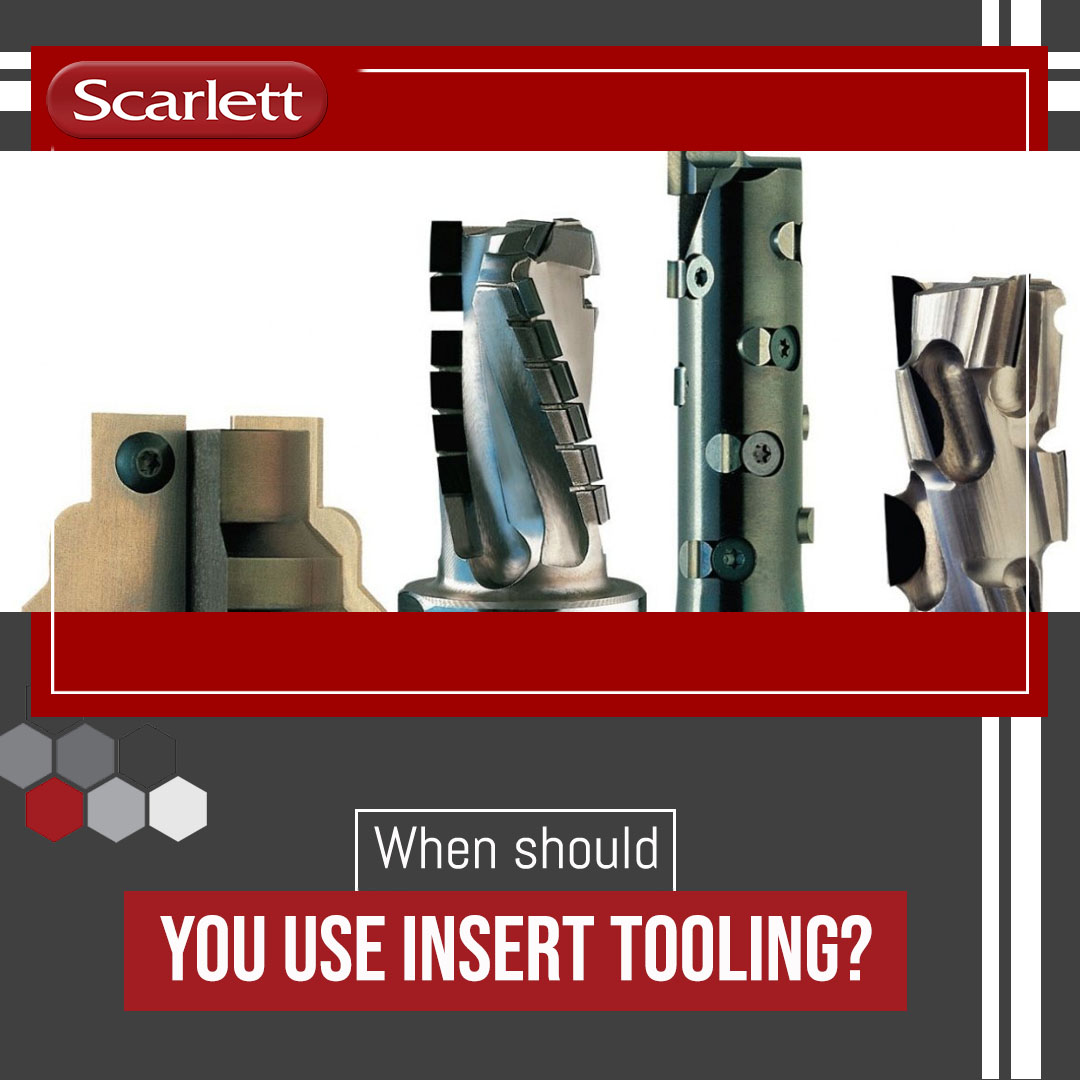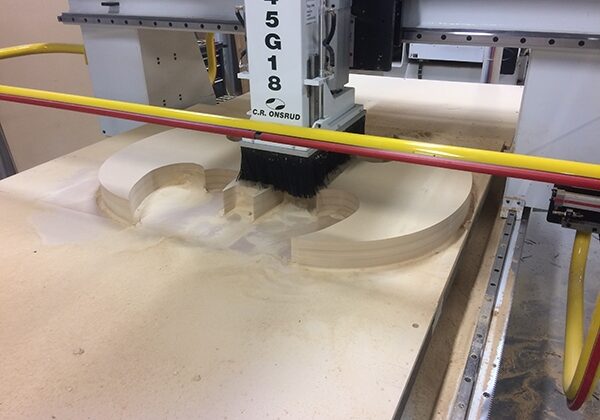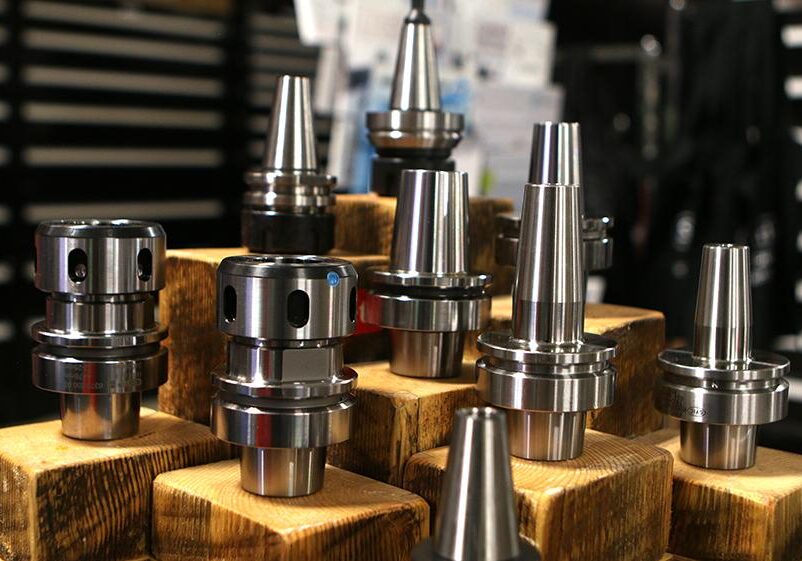When Should You Use Insert Tooling?
When Should You Use Insert Tooling?

| Outline of the Article |
| Introduction |
| What is CNC Tooling? |
| Understanding Insert Tooling |
| Advantages of Insert Tooling |
| When to Use Insert Tooling |
| 1. High-Volume Production |
| 2. Complex and Intricate Designs |
| 3. Cost Efficiency |
| 4. Multiple Material Machining |
| 5. Quick Tool Changeovers |
| 6. Versatility and Flexibility |
| Factors to Consider when Choosing Insert Tooling |
| 1. Material Compatibility |
| 2. Tool Life and Performance |
| 3. Machining Speed and Feed Rate |
| 4. Tooling Budget |
| Conclusion |
| FAQs |
| 1. How long does an insert tool last? |
| 2. Can insert tooling be used for precision machining? |
| 3. Are there any disadvantages of insert tooling? |
| 4. Can insert tooling be resharpened? |
| 5. Are there any specific maintenance requirements for insert tooling? |
When Should You Use Insert Tooling?
CNC machining has revolutionized the manufacturing industry, offering precise and efficient solutions for a wide range of applications. One crucial aspect of CNC machining is tooling, which plays a significant role in determining the quality and accuracy of the final product. Among the various tooling options available, insert tooling stands out as a versatile and practical choice for many machining operations. In this article, we will explore the benefits of insert tooling and discuss the situations in which it is most beneficial to use.
Introduction
To understand when insert tooling is the ideal choice for your CNC machining needs, it’s essential to have a clear understanding of what CNC tooling is and how insert tooling fits into the picture. CNC stands for Computer Numerical Control, which refers to the automated control of machine tools using computers. CNC machining involves the use of pre-programmed software to control the movement and operation of the machine, resulting in highly precise and repeatable machining processes.
Understanding Insert Tooling
Insert tooling refers to the use of replaceable inserts in the cutting tools used during CNC machining. These inserts, typically made of carbide, ceramic, or other hard materials, are specifically designed to perform cutting, shaping, and forming operations on different types of materials. Unlike traditional solid tools, insert tooling allows for the replacement of only the worn or damaged insert rather than the entire tool, reducing downtime and increasing productivity.
Advantages of Insert Tooling
Insert tooling offers several advantages over other types of tooling options, making it a popular choice among CNC machinists. Let’s explore some of the key benefits that insert tooling brings to the table:
1. High-Volume Production
Insert tooling excels in high-volume production scenarios where continuous and uninterrupted machining is essential. By using inserts that can be quickly replaced when worn out, production downtime is significantly reduced, resulting in increased output and improved efficiency.
2. Complex and Intricate Designs
When machining complex and intricate designs, insert tooling provides the necessary precision and versatility. The availability of various insert geometries allows for intricate profiling, contouring, and surface finishing, enabling machinists to achieve the desired results accurately.
3. Cost Efficiency
Insert tooling offers cost-efficiency in the long run, primarily due to its replaceable insert design. Instead of discarding an entire tool when the cutting edge becomes dull or damaged, only the insert needs to be replaced, reducing tooling costs and increasing overall savings.
4. Multiple Material Machining
Insert tooling is suitable for machining a wide range of materials, including metals, plastics, composites, and even some exotic materials. Different types of inserts are available to handle specific material requirements, ensuring optimal performance and extending tool life.
5. Quick Tool Changeovers
Insert tooling allows for quick and easy tool changeovers, enabling machinists to switch between different operations or materials with minimal downtime. This flexibility is particularly beneficial in multi-tasking machines where multiple tools are used simultaneously.
6. Versatility and Flexibility
With insert tooling, machinists can achieve a high level of versatility and flexibility in their operations. The ability to choose from various insert shapes, sizes, and coatings allows for customization based on specific machining requirements, resulting in improved productivity and quality.
When to Use Insert Tooling
While insert tooling offers several advantages, it’s essential to identify the situations in which it is most beneficial to use. Here are some scenarios where insert tooling excels:
1. High-Volume Production
As mentioned earlier, insert tooling is ideal for high-volume production where maximizing output and minimizing downtime are crucial. The replaceable inserts ensure continuous machining, reducing the need for frequent tool changes and resulting in higher productivity.
2. Complex and Intricate Designs
When working on complex and intricate designs that require precision and accuracy, insert tooling shines. The availability of specialized insert geometries allows for intricate profiling, ensuring that even the most intricate details are machined with precision.
3. Cost Efficiency
Insert tooling proves to be cost-effective in situations where tooling costs need to be optimized. The ability to replace only the inserts when they wear out or get damaged reduces overall tooling expenses and contributes to long-term cost savings.
4. Multiple Material Machining
If your machining operations involve working with various materials, insert tooling offers the versatility required to handle different material requirements. By choosing the appropriate inserts for each material, you can achieve optimal performance and extend the tool life.
5. Quick Tool Changeovers
In applications where frequent tool changeovers are necessary, such as multi-tasking machines or setups with multiple tools, insert tooling allows for quick and seamless transitions between different operations. This capability significantly reduces downtime and improves overall efficiency.
6. Versatility and Flexibility
Insert tooling provides machinists with the flexibility to customize their operations based on specific requirements. With a wide range of insert options available, machinists can select the optimal insert shape, size, and coating to achieve the desired results, enhancing both productivity and quality.
Factors to Consider when Choosing Insert Tooling
When selecting insert tooling for your CNC machining needs, certain factors need to be taken into account. These factors can influence the performance, tool life, and overall effectiveness of insert tooling. Here are some key considerations:
1. Material Compatibility
Different materials have varying cutting characteristics and requirements. It’s crucial to choose inserts that are specifically designed for the materials you intend to machine. Ensure that the insert material, geometry, and coating are suitable for the material properties, ensuring optimal cutting performance and tool life.
2. Tool Life and Performance
The tool life and performance of insert tooling are vital for maintaining productivity and achieving consistent results. Consider factors such as insert wear resistance, chip control capabilities, and overall cutting performance when selecting insert tooling for your applications.
3. Machining Speed and Feed Rate
The cutting speed and feed rate used during machining operations can impact the performance and tool life of insert tooling. Ensure that the selected insert can handle the desired cutting parameters without compromising on quality or tool longevity.
4. Tooling Budget
While insert tooling offers long-term cost savings, it’s essential to consider your tooling budget when choosing inserts. Different inserts come at various price points, and balancing cost-effectiveness with performance is crucial for maximizing the value of your investment.
Conclusion
Insert tooling serves as a versatile and practical option for various CNC machining applications. Its replaceable insert design, combined with the advantages of cost efficiency, flexibility, and high-volume production capabilities, makes it an attractive choice for machinists. By understanding the situations in which insert tooling excels and considering key factors when choosing inserts, you can harness the full potential of insert tooling and achieve optimal results in your CNC machining operations.
FAQs
- How long does an insert tool last?
The lifespan of an insert tool can vary depending on several factors such as the material being machined, cutting parameters, and the quality of the inserts. On average, insert tools can last anywhere from several hours to several weeks of continuous machining before needing replacement.
- Can insert tooling be used for precision machining?
Yes, insert tooling can be used for precision machining. The availability of specialized insert geometries and the ability to achieve high cutting accuracy make insert tooling suitable for precision operations that require tight tolerances.
- Are there any disadvantages of insert tooling?
While insert tooling offers numerous advantages, it’s important to consider some potential drawbacks. Insert tooling may have limitations in terms of achieving the same level of rigidity as solid tools, which can affect certain machining applications. Additionally, the initial setup and selection of the right inserts for specific operations may require some expertise and experience.
- Can insert tooling be resharpened?
Most insert tools are designed to be replaced rather than resharpened. Resharpening inserts can be a complex process, requiring specialized equipment and expertise. However, some inserts, especially those with replaceable cutting edges, may offer resharpening options.
- Are there any specific maintenance requirements for insert tooling?
Maintaining insert tooling typically involves regular inspection and cleaning to remove chips and debris that can affect performance. Additionally, monitoring insert wear and replacing worn inserts promptly is essential for consistent cutting quality. Follow the manufacturer’s recommendations for maintenance procedures to ensure optimal performance and tool life.


